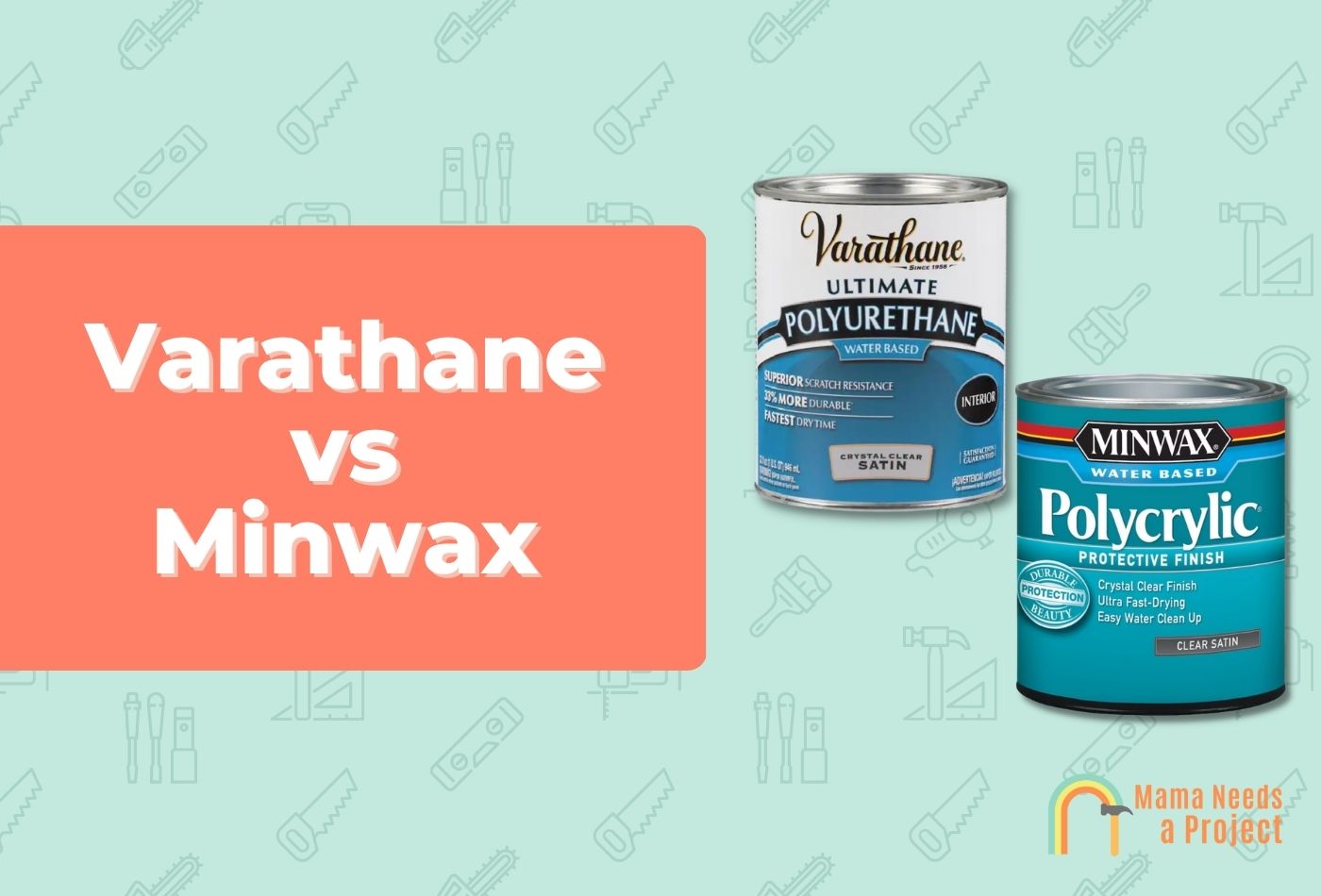Varathane vs Minwax (My Thoughts in 2024)
Varathane and Minwax are two of the most popular wood finishing brands on the market. They’re both great for finishing wood and showing off your wood’s natural beauty.
But which is better?
In this post, I’m doing an in-depth Varathane vs Minwax comparison, focusing on which is better for your project and much more. Let’s dig in!
Varathane is a slightly better brand than Minwax in my opinion. Their polyurethanes and wood stains are water-resistant and incomparably smooth once dry. Plus, you usually only need one-coat of either Varathane product. Minwax is still a very solid brand, and you can’t go wrong with either of them.
Varathane Pros and Cons
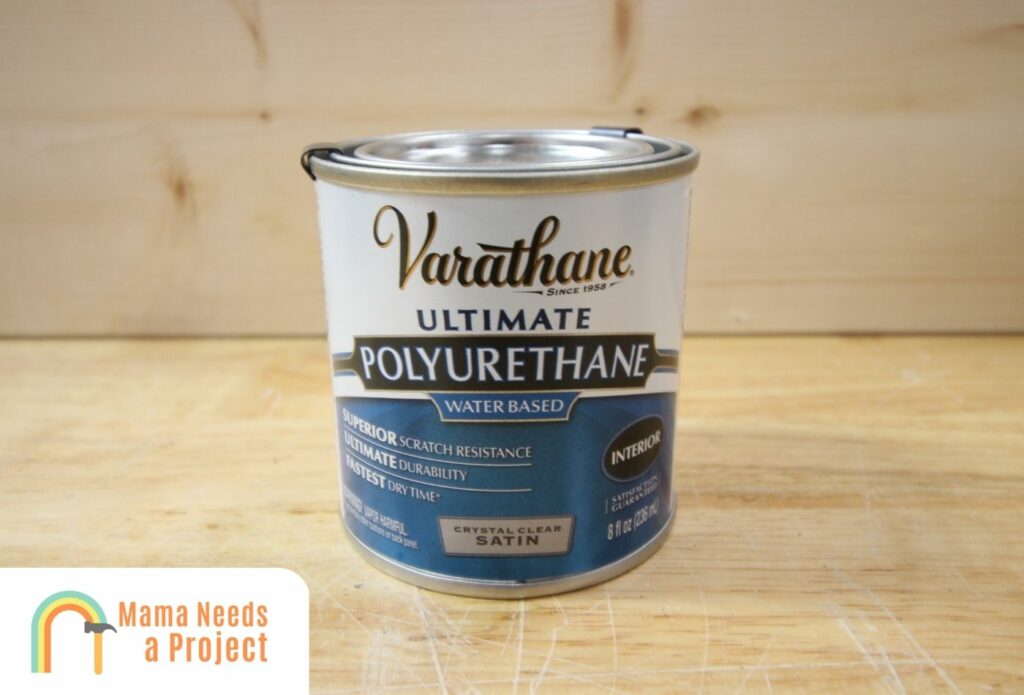
Pro: Wide Range Of Finishing & Stain Products
Whether you’re looking for polyurethane, stain, varnish, or related products, you can find everything you’re looking for with a Varathane (or Rust-Oleum) label on it.
If you’re somebody who likes to use the same brand because of the consistency; you’ll have no trouble doing this with Varathane products.
Pro: High-Quality & Long-Lasting
Varathane products are made of high-quality components and built to last. If properly applied, you should get wonderful results (in terms of look, feel, and protection) that last.
Pro: Fast-Drying
Most of Varathane’s “basic” products are fast-drying, which means you don’t have to pay extra for an enhanced version. With fast-drying products, you can get projects completed in a shorter amount of time.
Con: No Wipe-On Version
Varathane doesn’t manufacture a wipe-on polyurethane like Minwax does. That said, this is only a minor shortcoming, considering the company makes many other useful products, including their own special polyurethanes.
Con: Toxicity
Since polyurethane is toxic, you’ll have to take proper precautions before using it, and you’ll have to apply it in the safest way possible.
Minwax Pros and Cons
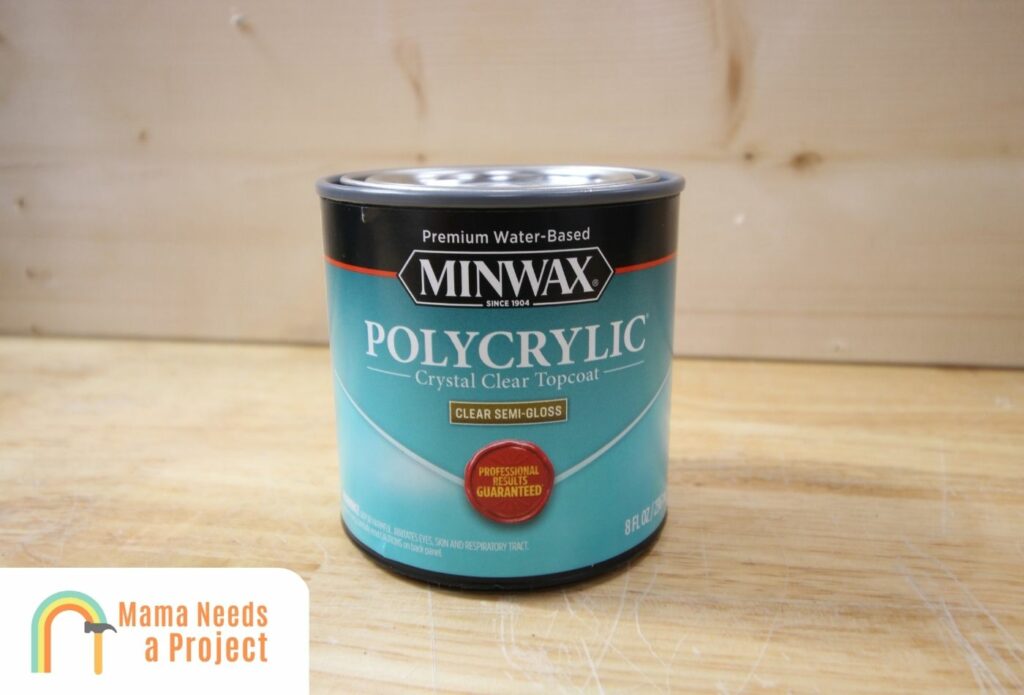
Pro: Easy to Use
Because Minwax products are easy to use, they’re purchased by both DIYers and professionals. And the great thing about Minwax products is simplicity doesn’t come at the cost of quality.
Pro: High-Quality & Long-Lasting
Like Varathane products, Minwax products are durable and manufactured in accordance with the highest standards.
This company has had over a century to perfect their products, and some of what they manufacture today has been sought-after for decades.
Pro: Widest Selection of Products
Minwax has the widest collection of products. So if your project has a unique polyurethane or stain requirement, check out the Minwax brand first, as they probably manufacture what you’re looking for.
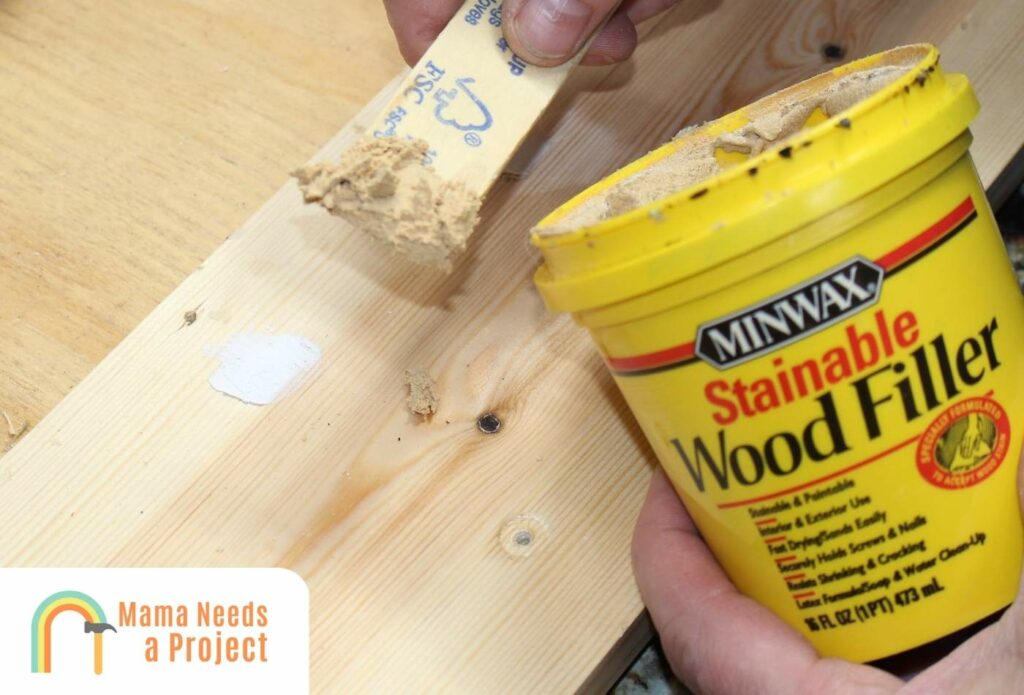
And, it’s probably sold at a store near you; if not, you can definitely find it online.
Pro: Minwax Stands By Their Products
Because Minwax stands by their products, if you purchase a product that’s defective or not what it’s supposed to be, Minwax will make things right if you reach out to them and explain what happened. Their warranty is top notch.
Con: No Scratch-And-Repair Pen
Minwax doesn’t manufacture a polyurethane scratch-and-repair pen. The good news here is that you can use a pen made by another manufacturer to repair your Minwax polyurethane.
Con: Toxicity
Like Varathane polyurethane, Minwax polyurethane is toxic, which means you’ll need proper safety gear when applying this. You’ll also need to follow the right procedure, of course.
Varathane vs Minwax: Features & Qualities
Durability
As far as durability is concerned, it’s a tie. Minwax and Varathane both make durable, long-lasting products, whether we’re talking about their polyurethanes, stains, or varnishes.
Durability is important, especially in the case of polyurethane, as polyurethane’s durability is the whole reason why it’s applied to surfaces—to protect them from scratches, dents, etc.
Some say Minwax is more durable while others say Varathane is, but no conclusive evidence points to either being superior.
Therefore, if your goal is to purchase a durable polyurethane or stain, rest assured that you can’t go wrong with either brand.
Number of Coats
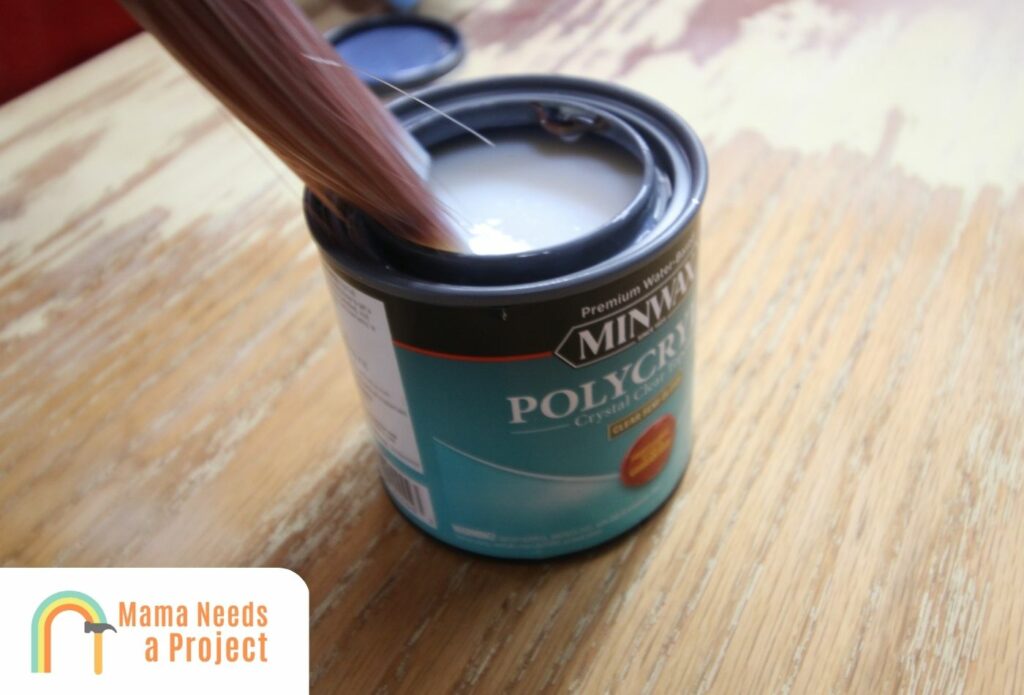
If you’re using Varathane polyurethane, the chances are you’ll only need one coat to form an effective barrier. The same goes for Varathane stain—only one coat is needed.
When you’re using Minwax polyurethane or stain—on a wooden surface, for example—you’ll need to apply several coats. More coats are often needed because Minwax products aren’t thick and rich like those manufactured by Varathane.
Don’t like how one coat of Varathane stain looks? Don’t think one coat of their polyurethane is enough? Applying one or two more coats is fine. Just don’t apply too much, as the wood won’t be able to absorb it all and you’ll just be left with a sticky mess.
Wondering how many coats your project needs? Check out this guide to the number of polyurethane coats you should use!
Uses
Minwax products can be used on a variety of surfaces, including bare wood and unfinished wood. Varathane products, on the other hand, are really only for finished wooden surfaces. That said, both brands make finishing and stain products that can be applied to cabinets, floors, furniture, molding, crafts, toys, instruments, doors, etc.
Ease of Application
In terms of application, both Minwax and Varathane products are easy to apply. And when it comes to polyurethane specifically, there’s really no getting around the long application process, no matter which brand you use.
You can expedite things by using a water-based polyurethane, but if you do so you won’t get the long-lasting, durable barrier you’d get with an oil-based polyurethane.
But both brands make products that can be applied in numerous ways, and that’s definitely a plus. So if you have to apply a lot of polyurethane to a big dining room table, you can use a roller to do this instead of a brush. Want an even, uniform coat? Spraying the barrier on can ensure this.
Versatility
Both brands manufacture versatile products, so it’s fair to say it’s a tie here as well.
Take the polyurethanes made by both brands, for example. They can be applied to a range of surfaces and deliver numerous benefits.
Plus, there are versions that expedite the application process, such as the wood stain (with polyurethane) that’s made by Varathane.
And both brands manufacture stains and polyurethanes that can be brushed, sprayed, or rolled on surfaces.
In short, if you want wood finishing and stain products that provide a range of benefits and can be used on different surfaces, either brand will do.
Penetration
Wood stain’s ability to penetrate into a wood surface is incredibly important. After all, if a stain can’t penetrate the surface and be absorbed by the wood’s pores, it won’t stay and the result is likely to be a blotchy mess.
Many woodworkers claim that Varathane products don’t penetrate wood surfaces all that well, and this is shown by how quickly their stain peels and chips over time.
Minwax, on the other hand, can penetrate deep into a wooden surface, and this is in part what makes a Minwax-stained surface scratch resistant. It’s rare to see a Minwax stain peeling even many years after application.
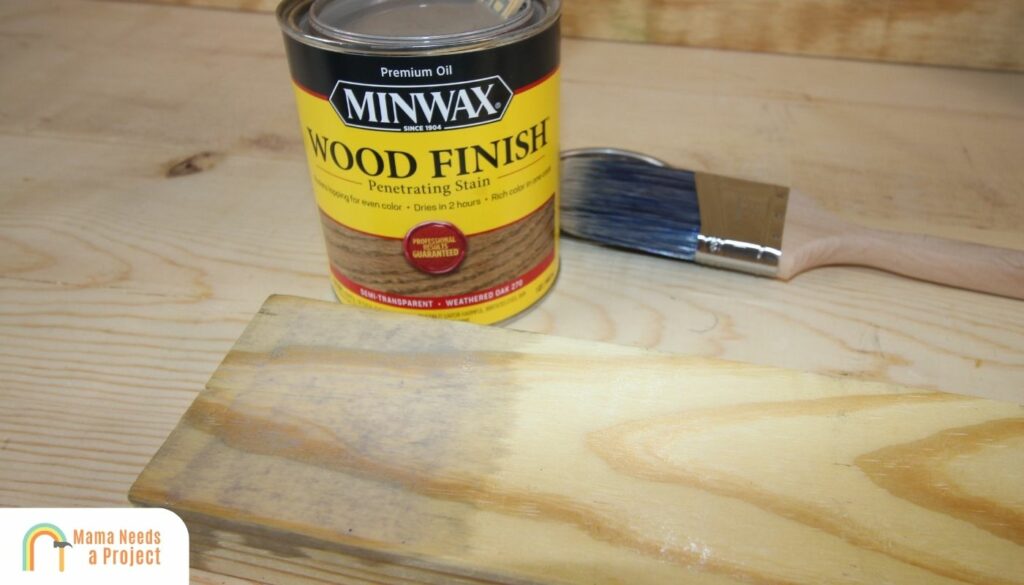
Waterproofness
Varathane products ensure the surface they’re applied to is waterproof. So if you’re using Varathane wood stain with a Varathane polyurethane, you can rest easy knowing that the surface these products were applied to can withstand even the harshest elements.
Most Minwax products, on the other hand, cannot waterproof a surface, and this is why most Minwax products are used inside on interior projects.
That said, Minwax does make oil-based stain and polyurethane that’s specifically for the outdoors, and these products tend to hold up well year round—but only for a few years.
Still, if you have a choice and waterproofing is important, it’s best to go with Varathane, as their products have a more proven track record when it comes to protecting surfaces outdoors.
Toxicity
Both Varathane and Minwax products include volatile organic compounds (VOC), i.e. toxic compounds. If you’re exposed to these compounds for a prolonged period, even if the amount is small, you can develop a headache, nausea, diarrhea, skin and eye irritation, or breathing problems.
So if you’re looking for a product that doesn’t have a lot of VOCs, check out Minwax’s line of water-based stains and polyurethanes—the VOC level is only 275 g/L. But Varathane products have even less: 250 g/L.
In the end, the less toxic your stain or polyurethane is, the easier it’ll be to apply.
Texture
Varathane will deliver a smooth, almost silk-like finish, and if you apply it slowly and carefully the final coat will be free of brush strokes.
Minwax, on the other hand, will not provide such a smooth finish. Don’t get me wrong, it’ll be smooth, but it’ll feel rough in comparison.
Therefore, if the way a surface feels is important to you, opt for Varathane products over Minwax.
Drying Time
Drying time is a top concern for anyone using stain or polyurethane. After all, who wants to spend days to complete a task that could be done in hours? If you’re using Varathane stain, expect this to take four to five hours to dry; the same can be said for most Minwax wood stains.
And if you’re using Varathane polyurethane, expect the drying process to take anywhere from several hours to a couple days (depending on which polyurethane you use). The same goes for Minwax polyurethane.
Do you want to expedite the polyurethane drying process? Choose water-based polyurethane over oil-based.
Drying times for polyurethane and other finishes are essentially the same from brand to brand for comparable products, so this one is a tie.
Products Available
Both Minwax and Varathane offer a wide range of products. Both brands make oil-based and water-based polyurethanes, and both make polyurethanes that can be applied in several different ways (brush, roller, sprayer, aerosol, etc.).
They also make single-coat and fast drying-polyurethanes, and their polyurethanes come in a range of sheens.
As far as wood fillers are concerned, both brands offer these, but Minwax stainable wood filler is the product most people know and use.
Need to make sure your wood is in top shape before you work on it? Varathane’s Premium Wood Conditioner can help.
Where they differ is Minwax makes a wipe-on polyurethane and Varathane doesn’t. But Varathane makes a scratch-repair pen, which pretty much does the same thing as wipe-on polyurethane.
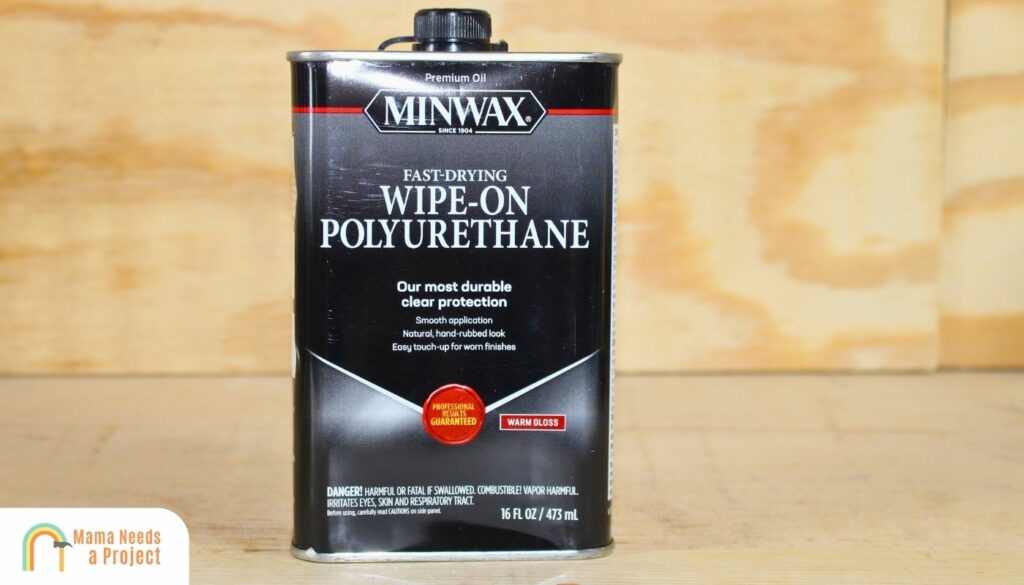
Although both brands offer a range of products, a slight edge goes to Minwax for offering more than Varathane.
Price
Generally speaking, Varathane products are more expensive than Minwax products, in large part because you don’t need a lot of Varathane product to accomplish your task; this is true in the case of polyurethane as it is in the case of stain.
Plus, Varathane products are more expensive because the components used to make them are generally more costly.
But just because Minwax products are cheaper doesn’t mean you’ll definitely spend less to complete a project. After all, you may have to apply many coats, in which case you might spend what you’d spend if you used Varathane.
Varathane vs Minwax Overview

Varathane Background
Founded in 1958 by John “Jack” Vetterli, Varathane is a manufacturer of wood finishing and stain products. Their products can be used on cabinets, doors, paneling, flooring, railings, trim, fences, crafts, and much more.
Varathane’s wood finishing and stain products are sought-after throughout the United States and Canada, and I’m sure in other parts of the world.
These days, Varathane is part of the Rust-Oleum company, and they’re still manufacturing a wide range of stains and polyurethanes for both indoor and outdoor applications.
For example, they sell a triple-coat polyurethane—that’s sometimes referred to as a one-coat polyurethane—alongside one-step wood stain (with polyurethane), gel wood stains, oil-based wood stains, water-based wood stains, spar varnish, stain markers, fill sticks, lacquers, and wood putty.
Their polyurethane products can be applied using rollers, brushes, lambswool applicators, and HVLP sprayers. They also have aerosol versions which can be handy.
In my experience, I’ve found that both professionals and DIYers swear by this brand, and a lot of old-timers I’ve spoken to say Varathane’s commitment to quality is as strong as it was decades ago.
Minwax Background
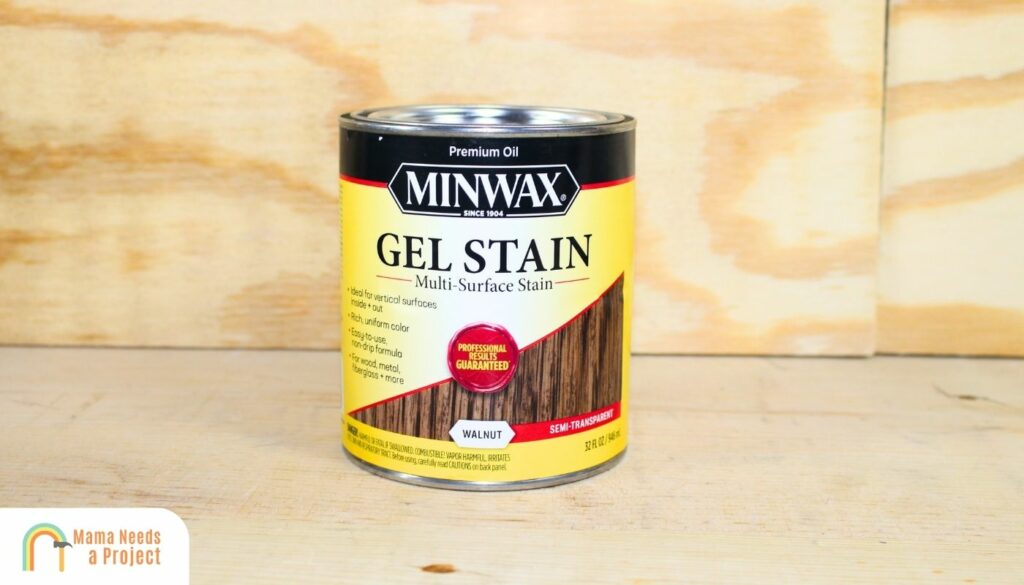
Minwax is about 50 years older than Varathane, but these days it’s fair to compare these companies as they’re both leaders in the stain and polyurethane manufacturing space.
Minwax was started in 1904 by Arthur B. Harrison, and early on they developed the product for which they’re known today: Minwax wipe-on polyurethane. (This is one product you won’t find a Varathane label on, but more on that later.)
Minwax manufactures a range of products, including spar varnishes, polyurethanes, water-based wood stains, oil-based wood stains, aerosol products, and their trademark Polycrylic, which complements water-based polyurethane quite well. They also manufacture pre-stain wood conditioners and wood filler.
Often regarded as the leader of the wood finishing and stain manufacturing space, Minwax is now a subsidiary of Sherwin-Williams, the popular paint company.
Like Varathane products, Minwax products are used by professionals and DIYers alike, which—above all else—speaks to their quality. The company shifted its focus to DIY products in the 60s and 70s, after recognizing their was such a large market among American and Canadian homeowners.
Final Thoughts
In the end, you may agree with me that Varathane is a better brand overall than Minwax. But this isn’t always the case.
Some woodworkers use Minwax religiously while others prefer Varathane.
The truth is: Even though one may be slightly better than the other, you can’t go wrong using either brand.

